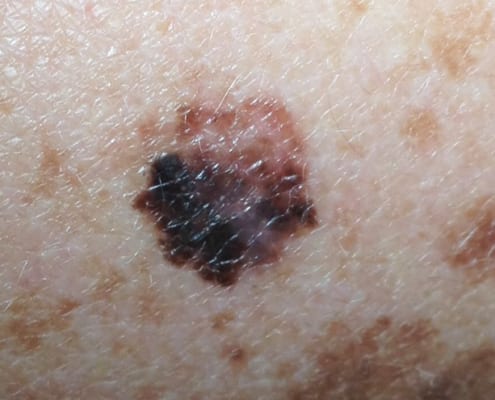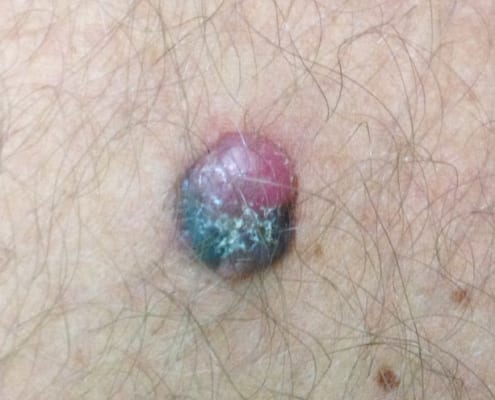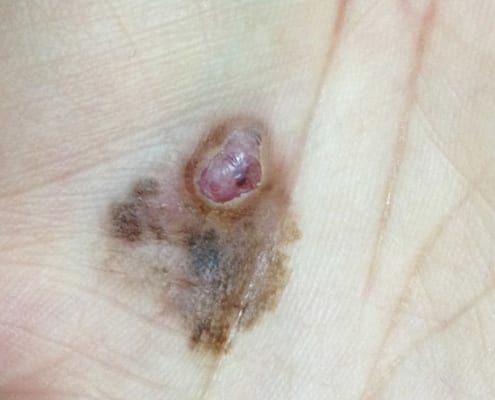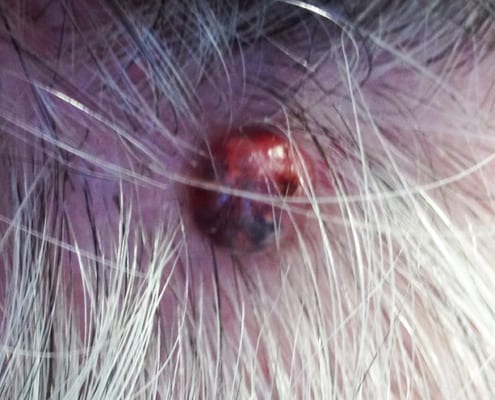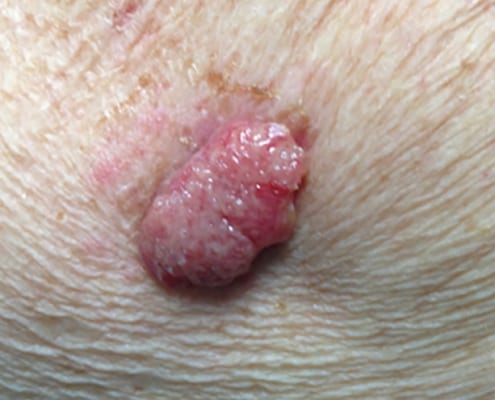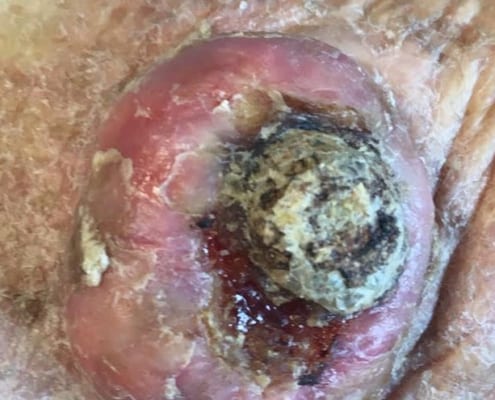COVID-19
Following the latest announcement of lockdown throughout the UK, we would like to inform you that we are remaining open. It is essential for all new or changing moles to be examined as soon as possible, as early detection is key in reducing skin cancer mortality.
We are offering limited availability for in-person consultations at Harley Street. Our leading team of healthcare professionals are following all UK government guidelines to ensure that your consultation is Covid-19 secure.
For general dermatology consultations (i.e. eczema, acne, etc.) we are also offering remote video consultations via our TeleHealth feature. If you are interested in a remote consultation, please email us at info@skininspection.co.uk with a description of the condition so we can confirm that a video conference would be appropriate.
How long will this last?
We are following the advice from the Government and Public Health England to make sure we do the right thing for everyone in our community. At the moment, we do not know how long these measures will be in place. We will update you as soon as we know more. If you would like to book a mole check, you may do so by calling or emailing us, and we will contact you as soon as possible to book an appointment. Thank you for your understanding and support.

